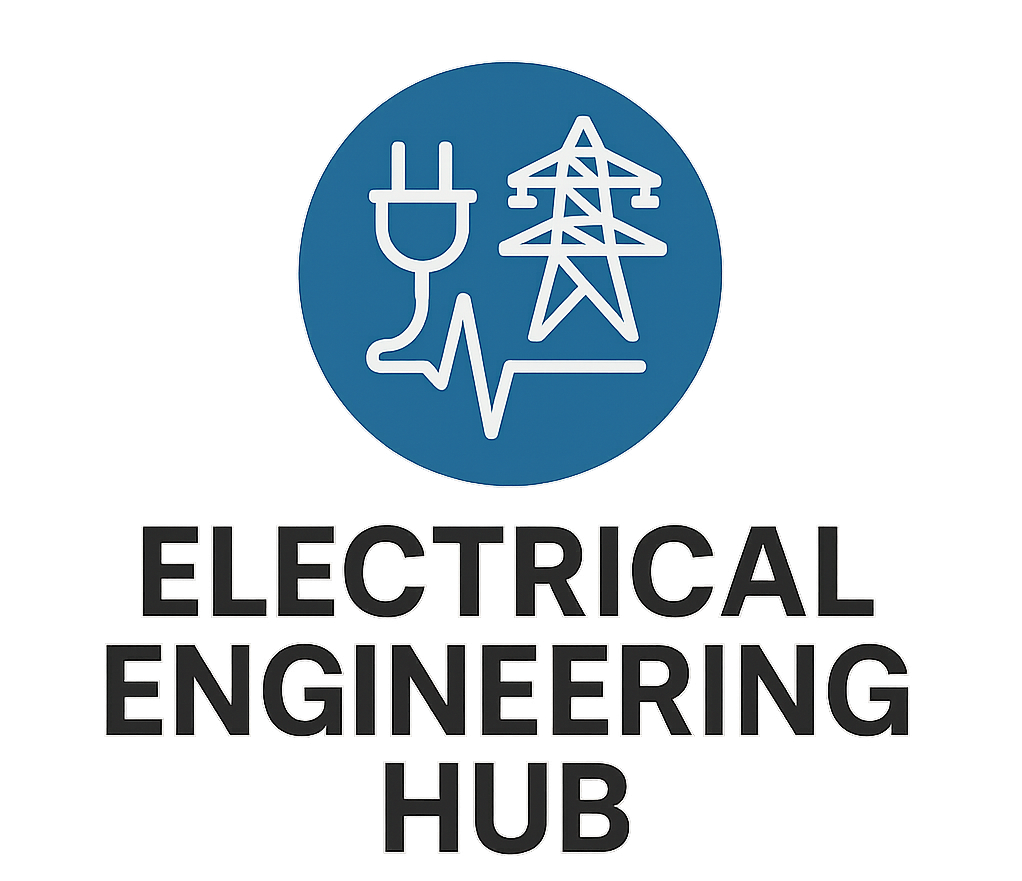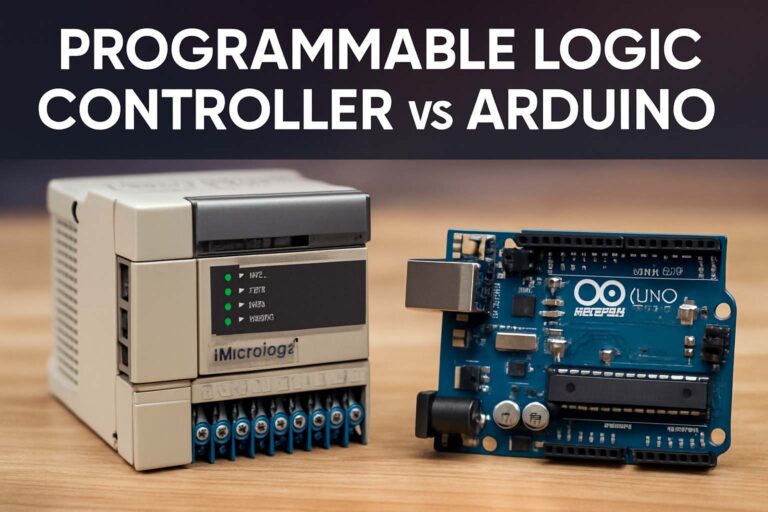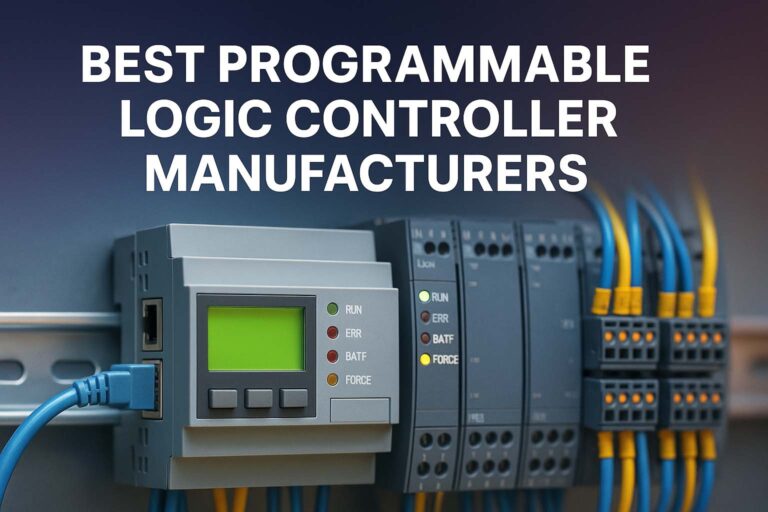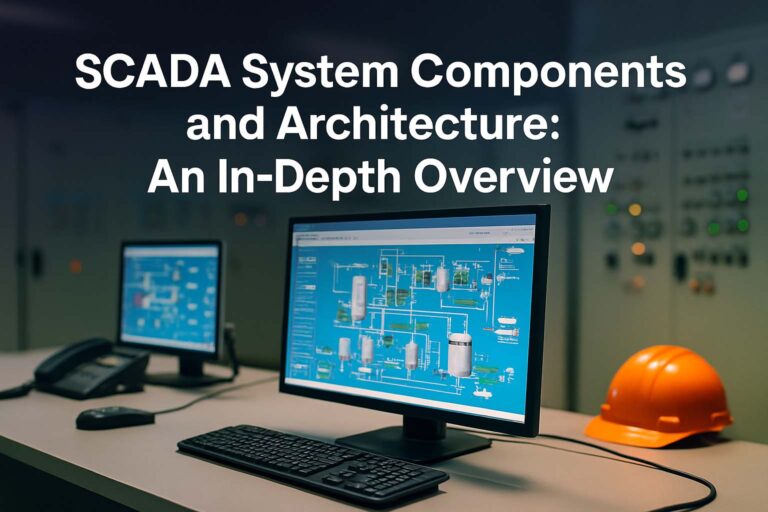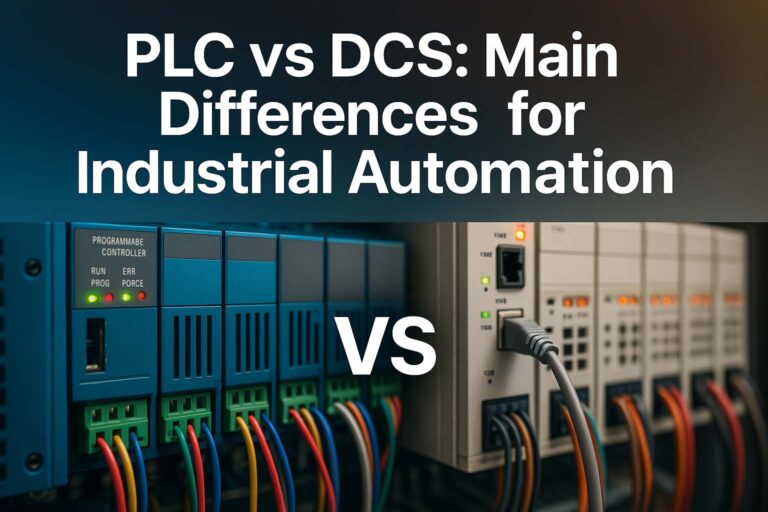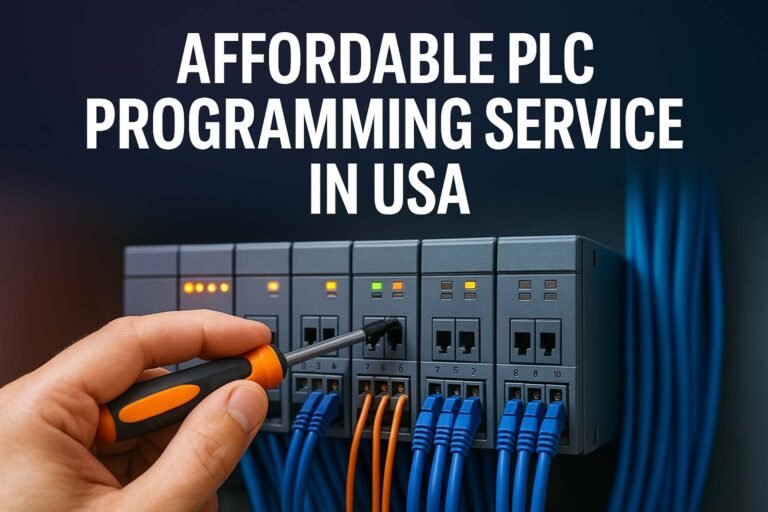Programmable Logic Controller Components
Understanding the Core of PLC Systems
Programmable Logic Controllers (PLCs) are the brains behind modern industrial automation systems. They help control machines, manage processes, and ensure seamless operation in industries such as manufacturing, power generation, and water treatment. To truly grasp how these intelligent devices work, it’s essential to explore the programmable logic controller components that make them function efficiently.
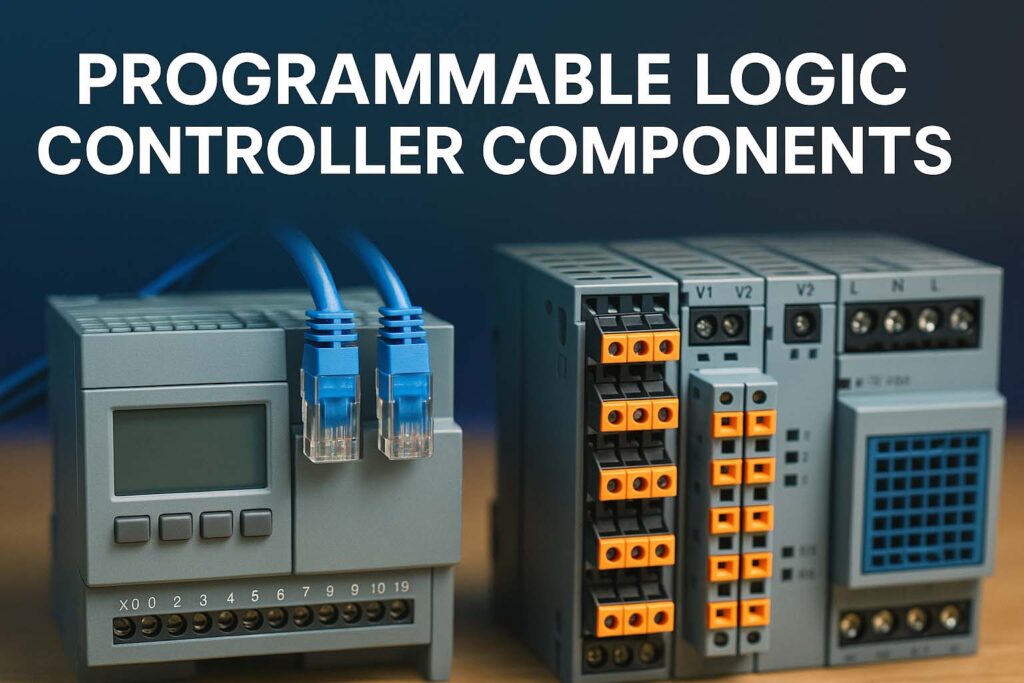
Every PLC is built from a set of fundamental parts that work in harmony. These components handle inputs, process data, and deliver outputs based on programmed logic. In this guide, we’ll break down each of these components, explain their roles, and offer valuable insights into how they interact to form a reliable automation system.
What Are the Basic Programmable Logic Controller Components?
The architecture of a PLC includes several vital elements, each serving a specific purpose. The key programmable logic controller components include the power supply, CPU, input/output modules, communication interfaces, and programming devices. Together, they form a flexible and reliable system capable of controlling everything from conveyor belts to complex robotic arms.
Central Processing Unit (CPU)
The CPU is the decision-making core of any PLC. It processes input data, executes control logic, and sends commands to output devices. The CPU contains a microprocessor and memory. The memory is split into three main types:
- System Memory: Stores internal data and diagnostic information
- User Memory: Stores user-created programs
- Data Memory: Stores variables and real-time process data
The CPU also includes a scan cycle mechanism. This cycle reads inputs, processes the logic, and updates outputs continuously. A fast scan time ensures quick and accurate responses in real-time applications.
Know more about Programmable Logic Controller Types
Power Supply
The power supply provides regulated power to all programmable logic controller components. It converts incoming AC or DC voltage into levels suitable for internal PLC circuits. Most industrial PLCs operate on 24V DC or 120/240V AC input.
While it doesn’t directly participate in logic execution, a stable power supply is crucial. An unreliable power source can lead to data loss or improper PLC behavior. Some advanced systems also include uninterruptible power supplies (UPS) for high reliability.
Input Modules
Input modules allow the PLC to receive signals from external devices such as sensors, push buttons, limit switches, and proximity sensors. These modules can handle either digital (discrete) or analog signals:
- Digital Inputs detect binary states like ON/OFF or open/closed.
- Analog Inputs measure variable data like temperature, pressure, or voltage levels.
The input module converts these signals into a format the CPU can understand. Each input channel has an LED indicator for real-time status monitoring, which is helpful during troubleshooting.
Know more about Programmable Logic Controller vs Arduino
Output Modules
Output modules send control signals from the PLC to actuators, motors, relays, solenoids, and other field devices. Like inputs, output modules can be digital or analog:
- Digital Outputs operate on simple ON/OFF commands.
- Analog Outputs provide variable signals for devices like motor drives or control valves.
Output modules are isolated from internal PLC circuits to prevent damage from high voltage or electrical noise.
Programming Device
A programming device is used to write, test, and load the control logic into the PLC. It can be a PC, laptop, or dedicated handheld terminal. The programming software enables the user to write programs in ladder logic, function block diagrams (FBD), or structured text (ST).
Once programmed, the logic is transferred into the CPU via a USB, serial, or Ethernet interface. Advanced programming software also includes diagnostic tools and simulation features for testing the program before deployment.
Know more about Siemens S7-1200 Programmable Logic Controller
Communication Interface
Communication interfaces allow the PLC to connect with other devices such as Human-Machine Interfaces (HMIs), Supervisory Control and Data Acquisition systems (SCADA), and other PLCs. Common industrial protocols include:
- Modbus
- Profibus
- Ethernet/IP
- Profinet
- CANopen
These interfaces help in remote monitoring, data exchange, and process coordination. In modern factories, PLCs often act as communication hubs that integrate various automation systems into a centralized control network.
Detailed Table of PLC Components and Functions
| Component | Function | Signal Type | Critical Role in PLC System |
|---|---|---|---|
| CPU (Processor) | Executes logic, processes input, controls output | N/A | Brain of the PLC; manages program execution |
| Power Supply | Converts input voltage to usable power for the PLC | AC or DC | Ensures steady power to all components |
| Input Module | Receives signals from sensors and field devices | Digital / Analog | Collects process data |
| Output Module | Sends control signals to actuators and output devices | Digital / Analog | Drives mechanical processes |
| Programming Device | Used to create and load logic programs | N/A | Enables human-to-PLC interaction |
| Communication Interface | Facilitates data exchange with external systems | Ethernet, Serial | Ensures system-wide integration |
| Memory Modules | Stores program, data, and system diagnostics | N/A | Allows retention of logic and operational variables |
Know more about Introduction to Siemens Programmable Logic Controllers (PLC)
Advanced Programmable Logic Controller Components
Some applications require enhanced performance and extra features. For these, additional programmable logic controller components are used:
Human-Machine Interface (HMI)
HMIs provide a user-friendly visual interface to monitor and control the PLC system. They display real-time data, alerts, and operational status using graphical screens. Operators can make adjustments, view trends, or respond to alarms directly from the HMI.
Expansion Modules
When the base PLC doesn’t have enough I/O points, expansion modules can be added. These modules connect through a backplane or communication bus, allowing easy scalability of the system. It’s a flexible way to adapt the PLC to growing or changing control needs.
Special Function Modules
These are used for high-speed counting, motion control, or temperature regulation. They include:
- Pulse Counter Modules
- PID Controller Modules
- Servo Drive Interfaces
These components are application-specific and enhance the PLC’s ability to control complex processes.
Know more about How Difficult Is It to Learn Programmable Logic Controller (PLC)?
How PLC Components Work Together
Each component in a PLC system plays a synchronized role. Here’s a simplified view of the process:
- The input module receives signals from field devices.
- The CPU reads the input status and executes the control program.
- Based on the logic, it sends commands to the output module.
- The output module activates motors, valves, or alarms.
- The system continues in a loop, controlled by the CPU’s scan cycle.
- All the while, communication interfaces send data to HMIs or SCADA systems.
This seamless interaction ensures that the entire automation process runs smoothly, safely, and accurately.
Importance of Understanding PLC Components
Knowing the programmable logic controller components helps engineers design better control systems. It aids in:
- Selecting the right hardware
- Efficient troubleshooting
- Reducing downtime
- Scaling systems effectively
For technicians and students, this knowledge builds a strong foundation in industrial automation and prepares them for real-world applications.
Final Thoughts
Understanding the programmable logic controller components is essential for anyone working in industrial automation. From the powerful CPU to the versatile I/O modules and the essential communication interfaces, each part contributes to the performance and reliability of the system.
As technology evolves, PLCs are becoming smarter, faster, and more integrated. Still, the core components remain fundamental. By mastering them, you not only gain insight into how machines are controlled but also develop the skills needed to troubleshoot, design, and improve automated systems in any industry.
Follow Us on Social:
Subscribe our Newsletter on Electrical Insights for latest updates from Electrical Engineering Hub
#PLCComponents, #ProgrammableLogicController, #IndustrialAutomation, #PLCProgramming, #AutomationEngineering, #ControlSystems, #PLCHardware, #AutomationTechnology, #ElectricalEngineering, #IndustrialControls, #SCADA, #PLCTraining, #EngineeringEducation, #SmartManufacturing, #FactoryAutomation
